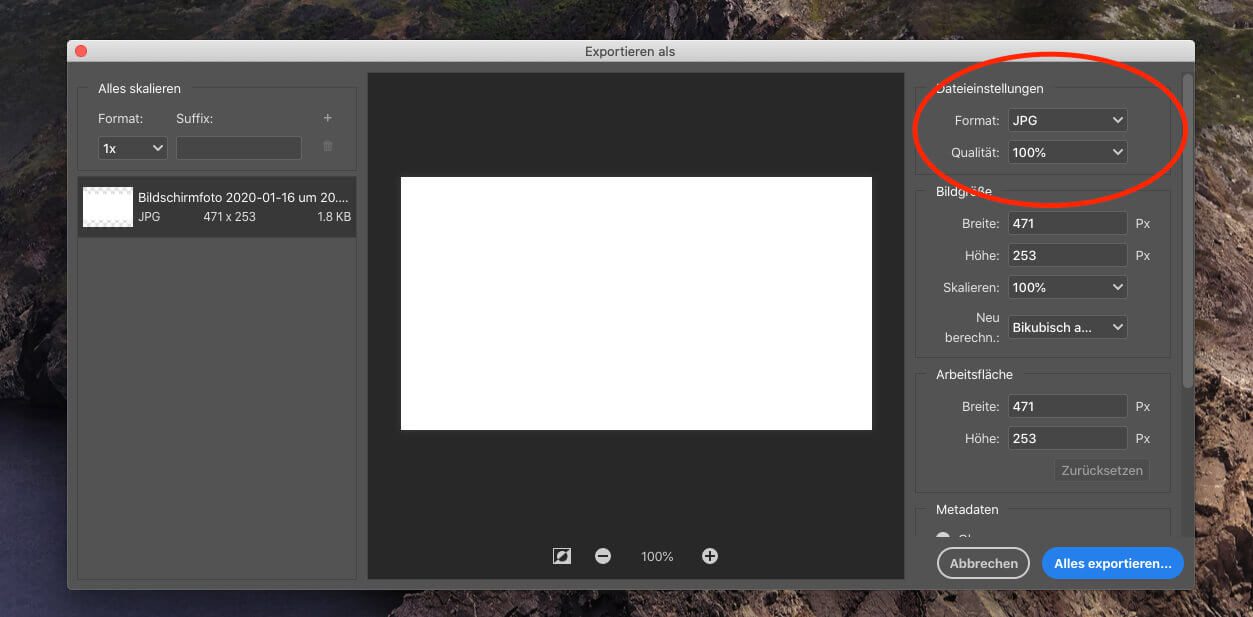
JPEG is a lossy image format meaning that while optimising some of the data is permanently deleted from the original file in order to reduce its size, this process is irreversible. JPEG images can be considerably optimised, offering sharp images with a small file size. JPEG is the most common and recommended file format for images used on the internet. Images of this size should be scaled down to a lower resolution to reduce the file size. Photos taken on smartphones or digital cameras will often have a very high resolution over 4000px wide. Most popular screen sizes are maximum 1920px wide so you needn’t use images with a higher resolution than this even if the images are being displayed full screen. photographers may sometimes sacrifice some page load speed for better quality images to ensure that their work is well represented, but most of the time this should be avoided. There are a few cases where larger images can be used on a website eg. Images you upload to your website should ideally be kept under 150KB so they load quickly even for users with slower internet connections.

In this post we’ll show you how to edit and optimise images for your website to make sure they load quickly whilst remaining sharp and high quality. Uploading large files onto your website can drastically increase your website’s load time which hinders your users’ experience and can have a negative effect on your search position, as Google uses page load time as a ranking factor in their algorithm. If you’re maintaining your own website it’s important to know how to optimise images.


 0 kommentar(er)
0 kommentar(er)
